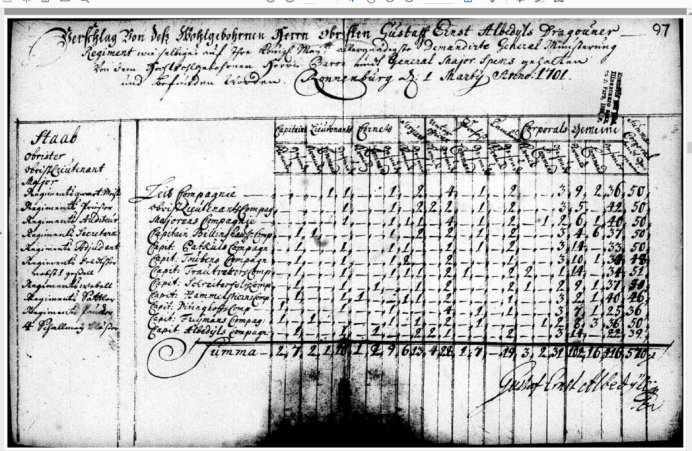Topic: Archives
After further debate for and against Lt. General Hans von Fersen, Governor of Riga, said: His Majesty has not ordered us to discuss but rather to march. Several of the others replied that the circumstances were different when he gave that order.
Major General Mengden asked what aliances made by the King of Poland personally really means. Governor General Horn replied that Pac's actions have demonstrated how little regard he has for them.
And so the discussion continued... Fersen again said that in his opinion it was hardly necessary to repeat all the difficulties as the King quite clearly had given an order to march.
The discussion continued on 5 February 1678 and ended with the decision to postpone. Governor General Horn reported this to the King - who was not pleased. On 24 March Charles XI wrote an angry letter to Horn, questioning why the participants in the council of war had dared to disobey a direct order. This letter reached Riga on 29 April, but the army didn't start to move until October.


